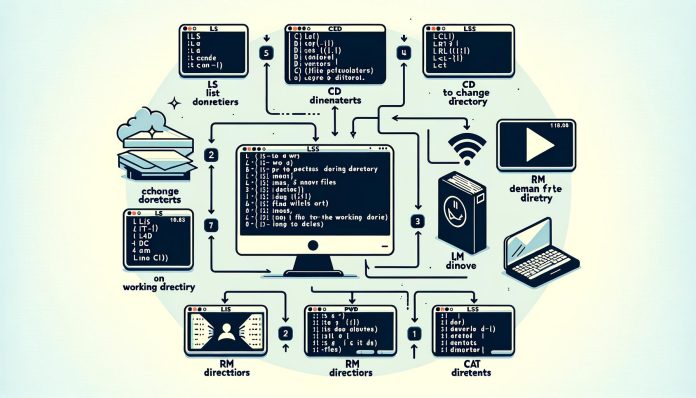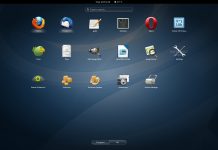Linux has become a fundamental part of the tech landscape, whether you’re a developer, a system administrator, or just a curious learner. As I navigated my own journey, I realized that mastering basic Linux commands is essential. In this article, I will share my insights and experiences with basic Linux commands that everyone should know. Whether you aim to optimize your workflow or enhance your copywriting skills in AI-driven environments, understanding these commands can be incredibly beneficial.
What is Linux?
Linux is an open-source operating system that relies on a command-line interface (CLI) for user interaction. Unlike graphical user interfaces (GUIs), the CLI allows for more direct communication with the system, enabling users to perform tasks efficiently. This is particularly advantageous for copywriters and editors who often need to manipulate files, manage system resources, and automate repetitive tasks.
Why Learn Basic Linux Commands?
Learning basic Linux commands can significantly enhance productivity. Here are a few reasons why I believe it’s worth the effort:
- Efficiency: Command-line operations can be faster than navigating through a GUI.
- Automation: Many tasks can be automated using scripts, optimizing your workflow.
- Remote Management: Linux commands allow for easy management of servers and remote systems.
- Collaboration: Understanding Linux can improve communication with developers and IT professionals.
Getting Started: The Terminal
To begin using Linux commands, you need to access the terminal. This is where you’ll input your commands. On most Linux distributions, you can find the terminal in your applications menu or by using a keyboard shortcut (usually Ctrl + Alt + T).
Basic Linux Commands
1. Navigating the Filesystem
One of the first things I learned was how to navigate the filesystem. Here are some essential commands:
pwd: Stands for “print working directory.” This command shows your current directory.
pwdls: Lists files and directories in the current directory.
lscd: Changes the current directory. For instance, to navigate to the Documents folder:
cd Documents2. File Management
Managing files is crucial for any user, especially for editors and copywriters. Here’s how to do it:
touch: Creates an empty file.
touch example.txtcp: Copies files or directories. To copy a file:
cp example.txt copy_of_example.txtmv: Moves or renames files or directories.
mv example.txt renamed_example.txtrm: Deletes files. Be careful with this command, as it does not move files to a trash bin.
rm renamed_example.txt3. Viewing File Contents
As copywriters, we often need to view the contents of files. Here are some commands that can help:
cat: Displays the contents of a file.
cat example.txtless: Allows you to scroll through a file.
less example.txthead: Displays the first few lines of a file.
head example.txttail: Shows the last few lines of a file.
tail example.txt4. Searching for Files and Content
Finding files or specific content can be daunting without the right commands. Here’s how I streamline this process:
find: Searches for files in a directory hierarchy.
find . -name "*.txt"grep: Searches for specific content within files.
grep "search_term" example.txt5. System Information
Understanding system resources is vital, especially when running AI applications or heavy tasks. Here are some useful commands:
top: Displays real-time system processes and resource usage.
topdf: Shows disk space usage.
df -hfree: Displays memory usage.
free -h6. Permissions and Ownership
Managing file permissions is crucial for security and workflow. Here’s how to adjust permissions:
chmod: Changes file permissions.
chmod 755 example.txtchown: Changes file ownership.
chown user:group example.txtHelpful Resources for Learning Linux
As I continued my Linux journey, I found several resources invaluable. Here are a few that I recommend:
- Linux Command Line Basics: A great online course for beginners.
- The Linux Documentation Project: A comprehensive resource for documentation and guides.
- Linux Journey: An interactive platform that makes learning Linux fun and engaging.
Conclusion
Learning basic Linux commands has significantly optimized my workflow, especially in the realms of AI and copywriting. By mastering these commands, I’ve been able to manage files, automate tasks, and collaborate more effectively with tech professionals.
I encourage you to take the plunge into the world of Linux. Start with these commands, explore the resources mentioned, and watch your productivity soar. Whether you’re editing documents or optimizing your AI applications, a solid foundation in Linux will serve you well in your professional journey. By understanding these basic commands, we can all become more efficient in our digital tasks. Happy learning!





.jpg?w=100&resize=100,70&ssl=1)
